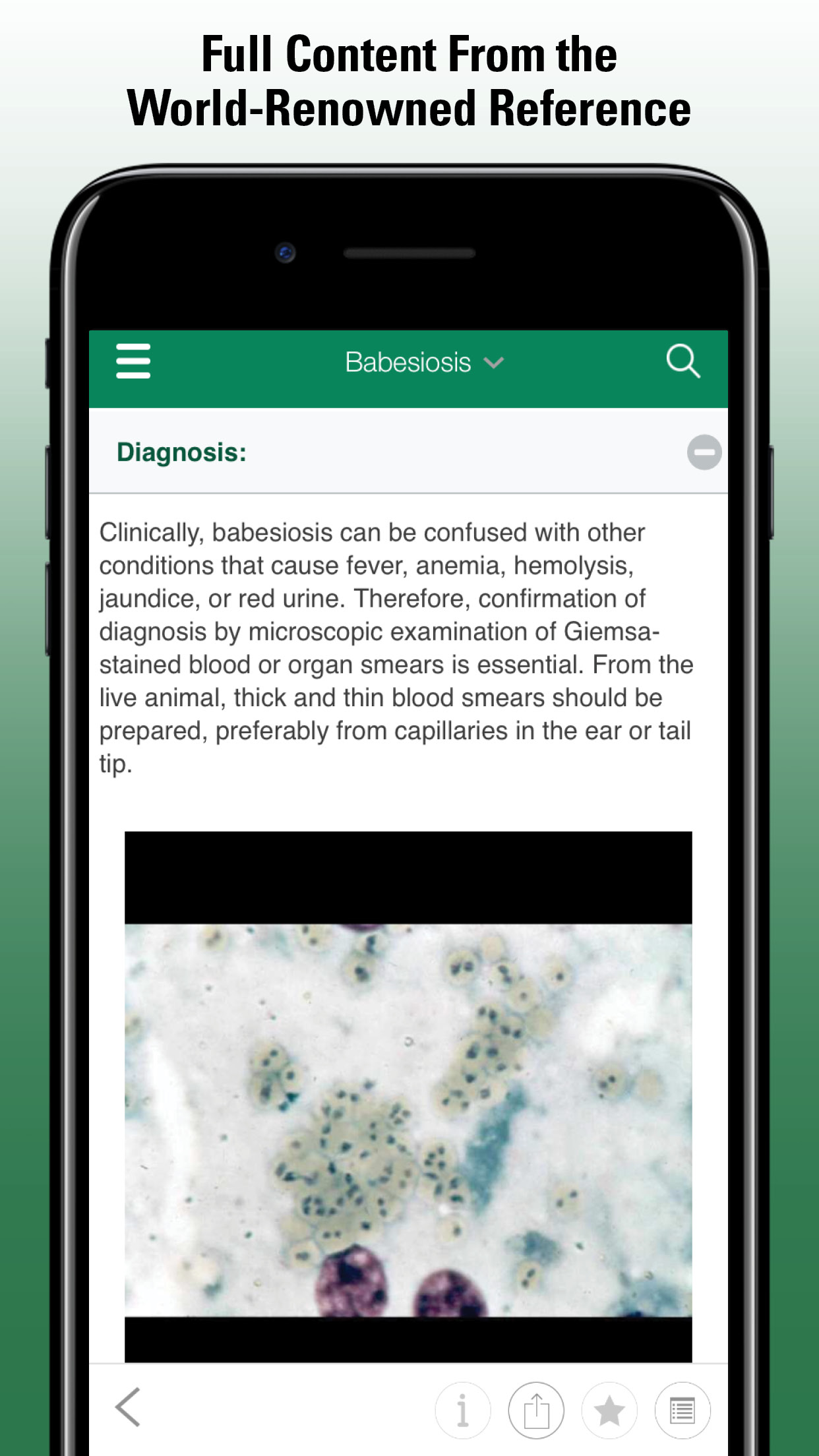Cancers and Tumors of the Lung and Airway in Dogs
- Lung and Airway Disorders of Dogs
- Introduction to Lung and Airway Disorders of Dogs
- Accumulation of Fluid or Air in the Chest Cavity in Dogs
- Allergic Pneumonitis in Dogs
- Bronchitis in Dogs
- Cancers and Tumors of the Lung and Airway in Dogs
- Canine Nasal Mites
- Diaphragmatic Hernia in Dogs
- Emphysema in Dogs
- Kennel Cough (Infectious Tracheobronchitis) in Dogs
- Laryngitis in Dogs
- Lung Flukes in Dogs
- Lungworm Infection in Dogs
- Paralysis of the Larynx in Dogs
- Pharyngitis in Dogs
- Pneumonia in Dogs
- Pulmonary Edema in Dogs
- Rhinitis and Sinusitis in Dogs
- Tonsillitis in Dogs
- Tracheal Collapse in Dogs
- Tracheobronchitis (Bronchitis) in Dogs
Also see professional content regarding cancer and tumors of the lung and airway.
The respiratory system can be a host to many different tumors. The following are the more common tumors found in the lungs and airways of dogs.
Tumors of the Nose and Sinuses
Tumors of the nose and sinuses account for about 1 to 2% of all canine tumors. The incidence is slightly higher in males and in older dogs. The average age at time of diagnosis is 10.5 years of age. In dogs, virtually all of these tumors are cancerous (malignant). Long-nosed and medium-nosed breeds appear to be at higher risk than short-nosed (brachycephalic) breeds. In general, if untreated, survival is 3 to 5 months after diagnosis.
Chronic nasal discharge containing mucus, pus, or blood is the most common sign. Initially, the discharge involves one side of the nose, but it often becomes 2‑sided. Periodic sneezing, bleeding from the nose, and snoring may occur. Deformities of the face and mouth result from the destruction of bony or soft-tissue nasal and sinus structures. Extension of these tumors behind the eyeballs can result in protruding eyeballs, excessive tear production, and inflammation of the cornea. Late in the disease, central nervous system signs such as disorientation, blindness, seizures, stupor, and coma may develop if the tumor extends into the upper skull.
Diagnosis is based on the history and clinical signs. Nasal x-rays or computed tomography (CT) scans typically show increased density of the nasal cavity and sinuses as well as evidence of bone destruction. Nasal CT scans are preferred because they provide better detail than x‑rays when attempting to distinguish tumors of the nose from other causes of chronic nasal discharge. A biopsy of tumor tissue can provide a definite diagnosis.
The recommended treatment largely depends on the tumor type and the extent of disease. Treatments such as aggressive surgical removal of the tumor, drug therapies, radiation therapy, or combinations of these provide a more favorable outlook when diagnosis is made early.
Tumors of the Larynx and Trachea
Tumors of the larynx and trachea are rare in dogs. The most common signs of tumors of the larynx include labored breathing when inhaling or after exercise; high-pitched noisy breathing; voice change (hoarse bark or loss of voice); and coughing. Similar signs, including coughing, labored breathing, and high-pitched, noisy breathing, are associated with tumors of the trachea. The animal may cough up blood, but this is rare. The degree of labored breathing often relates to the degree of obstruction of the windpipe.
A diagnosis can often be made from the history and clinical findings and by eliminating other causes of upper airway obstruction or coughing. The tumor mass may be seen by the veterinarian during examination of the larynx or trachea with an endoscope. Definitive diagnosis can be made after a biopsy. Treatment involves surgically removing the tumor. Some types of tumors respond to radiation therapy.
Primary Lung Tumors
Tumors that originate in the lung (primary lung tumors) are rare in dogs and represent approximately 1% of canine tumors. Metastatic lung cancers (cancers that spread to the lungs from other locations) are much more common in dogs than primary lung cancers. However, primary lung cancers are being seen more frequently over the last 20 years. This is likely attributable to an increased average life span, better detection and awareness, or, possibly, increasing exposure to cancer-causing agents in the environment. Most primary lung tumors are diagnosed at an average age of 10 to 12 years in dogs. All breeds and both genders appear to be equally affected. Of the primary lung tumors in dogs, virtually all are malignant (cancerous).
Primary lung tumors have variable signs, which depend on the location of the tumor, rate of tumor growth, and the presence of previous or current lung disease. Common signs include cough, poor appetite, weight loss, reduced exercise tolerance, lethargy, rapid breathing, labored breathing, wheezing, vomiting or regurgitation, fever, and lameness. The most common sign in dogs is a chronic, nonproductive cough.
Chest x-rays are the first step in making a diagnosis in animals that have signs suggesting lung cancer. A definitive diagnosis of lung cancer requires a sample of tissue (biopsy).
Surgery to remove the portion of the lung containing the tumor is the recommended treatment in most cases. Tumors that cannot be operated on or those that have spread may be treated with chemotherapy. A dog with a single primary lung tumor that has not spread to the lymph nodes has the longest average survival time (15 to 26 months); if the lymph nodes are involved or multiple tumors are found at the time of diagnosis, survival time is shortened. Recurrence or spread of the tumor is a common cause of death.
Metastatic Lung Tumors
A metastatic lung tumor is one that originates in another part of the body and then spreads to the lungs. A tumor may spread to the lungs through the blood or lymph systems or by direct extension of tumor cells from a nearby location in the body. The signs of metastatic lung disease are similar to those of primary lung tumors except that coughing is less common. The severity of signs depends on the location of the tumor and whether the lesions are single or multiple. The diagnosis and treatment is similar to that for primary lung tumors. Chemotherapy or radiation therapy may be useful with certain tumor types that are not well-suited for surgery. Because spread to the lung occurs late in the clinical course of a malignant tumor, the outlook is poor.
For More Information
Also see professional content regarding cancer and tumors of the lung and airway.
- Lung and Airway Disorders of Dogs
- Introduction to Lung and Airway Disorders of Dogs
- Accumulation of Fluid or Air in the Chest Cavity in Dogs
- Allergic Pneumonitis in Dogs
- Bronchitis in Dogs
- Cancers and Tumors of the Lung and Airway in Dogs
- Canine Nasal Mites
- Diaphragmatic Hernia in Dogs
- Emphysema in Dogs
- Kennel Cough (Infectious Tracheobronchitis) in Dogs
- Laryngitis in Dogs
- Lung Flukes in Dogs
- Lungworm Infection in Dogs
- Paralysis of the Larynx in Dogs
- Pharyngitis in Dogs
- Pneumonia in Dogs
- Pulmonary Edema in Dogs
- Rhinitis and Sinusitis in Dogs
- Tonsillitis in Dogs
- Tracheal Collapse in Dogs
- Tracheobronchitis (Bronchitis) in Dogs




